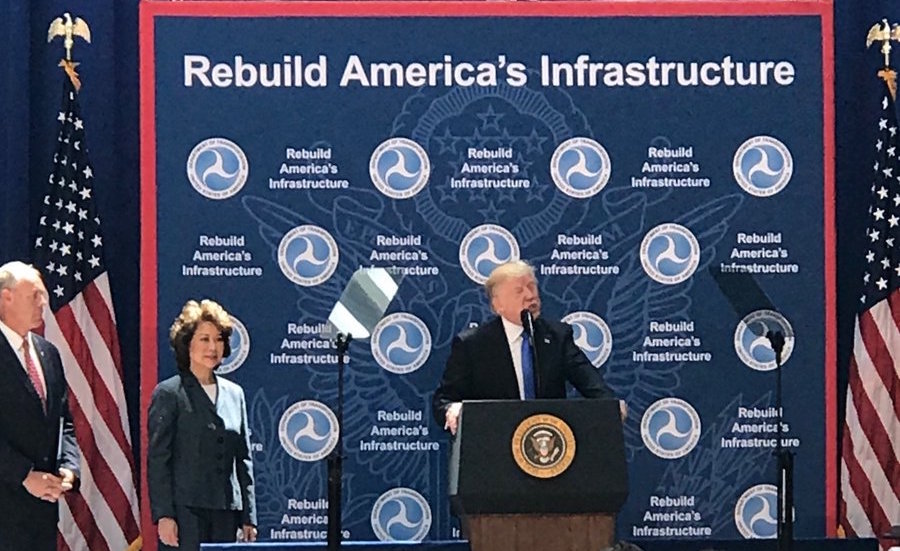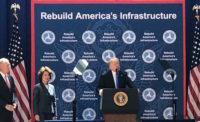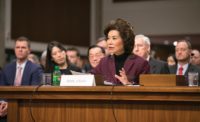The Trump administration’s delay in fully defining its infrastructure plan already has cost the president and the country. Most Americans will remember the past week not as “Infrastructure Week,” as the administration dubbed it, but as “Comey Testimony Week.” The longer the administration waits to release its proposal—after the summer, some now say—the more time opponents have to criticize the preliminary plan and build up a case against it.
A few additional details did emerge this past week. Previously, the president and his advisers said the plan would include $200 billion a year for 10 years in “direct federal investment” and that another focus would be on steps to speed up federal agencies’ reviews and permitting for projects. This week, however, they said states and localities will have flexibility in carrying out the program. And for the first time, Trump talked of investing in apprenticeships, and his labor secretary pledged to support prevailing wages on the work.
Officials also have emphasized that the federal funds will “leverage” what they hope will be $800 billion in private investment over a decade. Under what was billed as the “Trump Infrastructure Plan” during the election campaign, private investors would be granted a tax credit in public-private partnerships on the equity share of projects. That arrangement would save the investor one out of every five dollars, with the expectation that the investment would be repaid by higher tax revenue from the companies and workers. Even if those assumptions are not faulty, Democrats are unlikely to back them.
The slowly developing P3 experiment is working well, despite a few flops and the always formidable competition from taxfree state and municipal bonds.
Although the slowly developing P3 experiment is working well, despite a couple of flops and formidable competition from tax-free state and municipal bonds, government-issued debt financing and direct grants to states are still the way to go for the vast majority of projects. On P3 deals, details should be defined at the state level. Setting the finance, incentive and risk terms in Washington—even with a president who hopes to be a dealmaker-in-chief—runs counter to the Trump administration’s proclaimed emphasis on federalism and state-level decision-making.
Trump has noted that he will cut regulations that slow projects, but that shouldn’t be a code for throwing environmental concerns out the window. Speedy approval and shovel-ready? The economy already is booming. We need thoughtful coordination and priority-setting. Let’s not forget urban transit, water treatment and maintenance projects in the rush to start projects. Over the decades, the construction industry has been able to expand to meet its needs. That’s why we are heartened to hear for the first time that the administration wants to invest in apprenticeship training. The earlier we know what Trump and his advisers will bring to Congress, the sooner it can all get started.



